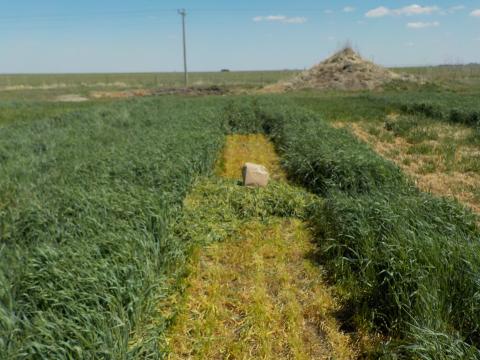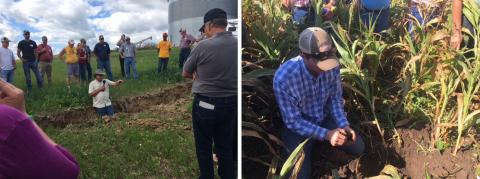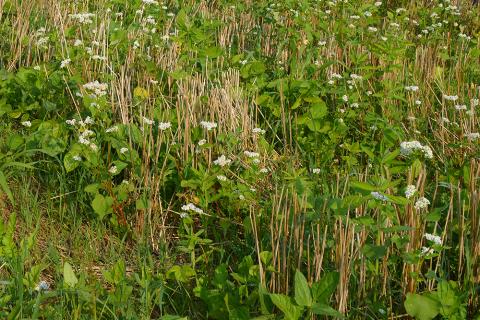Cover Crop and CO2 Emissions
February 26, 2018
Do cover crops affect CO2 emissions from the soil and if so, under what conditions? These were among the questions addressed by university researchers monitoring CO2 emissions from cereal rye cover crops in irrigated and dryland no-till continuous corn treatments.
Growers Share about Their On-Farm Research
February 21, 2018
Three growers — Don Batie of Lexington, Ken Herz of Lawrence, and Derek Dam of Hooper — share what they learned from conducting on-farm research in 2017. Hear from other growers and learn how you can participate at Nebraska On-Farm Research Network Updates this week in Grant and Alliance.
Rain-Fed Corn Growth and Development Following Cover Crops in 2017
February 13, 2018
Researchers in south central Nebraska examined potential effects of planting rye and a rye-mix cover crop following wheat and prior to corn in rain-fed conditions. Based on their findings, they offer two take-home messages for cover crop growers.
Southeast Nebraska Soil Health Conference March 5
February 12, 2018
Soil health, cover crops, manure use, and grazing annual forages (cover crops) will be among the topics at the Southeast Nebraska Soil Health Conference Monday, March 6 in Syracuse. Registrations are due by Feb. 27.
Can a Rye Cover Crop Reduce Wind Erosion from Fields with Little Residue Cover?
February 12, 2018
Researchers examined the effect of a rye cover crop on reducing soil erosion from wind in fields where a large amount of the crop residue had been removed.
Nebraska Cover Crop Conference Feb. 15 for Corn, Soybean Growers
January 26, 2018
Cover crops offer many benefits, such as improved soil heath and reduced erosion. The challenges lie in the details, including what cover crops to use and how to use them. The Feb. 15 Nebraska Cover Crop Conference tackles these topics for growers using a corn/soybean rotation.
Video: Cover Crops
If replanting isn’t an option after hail, adding cover crops in a poor stand may help you reap benefits in the current year and next year. Cover crops can take up applied nitrogen not taken up by the current crop and repurpose it for next year’s crop. They can also suppress weeds and provide late-season forage.
Establishing Cover Crops for Grazing in Hail-damaged Crop Fields
The main economic factor resulting from wind and hail damage to corn and soybean fields is yield loss through elimination or reduction of grain production. In addition, much of the residue that would usually be available for erosion protection or winter forage is also lost.






